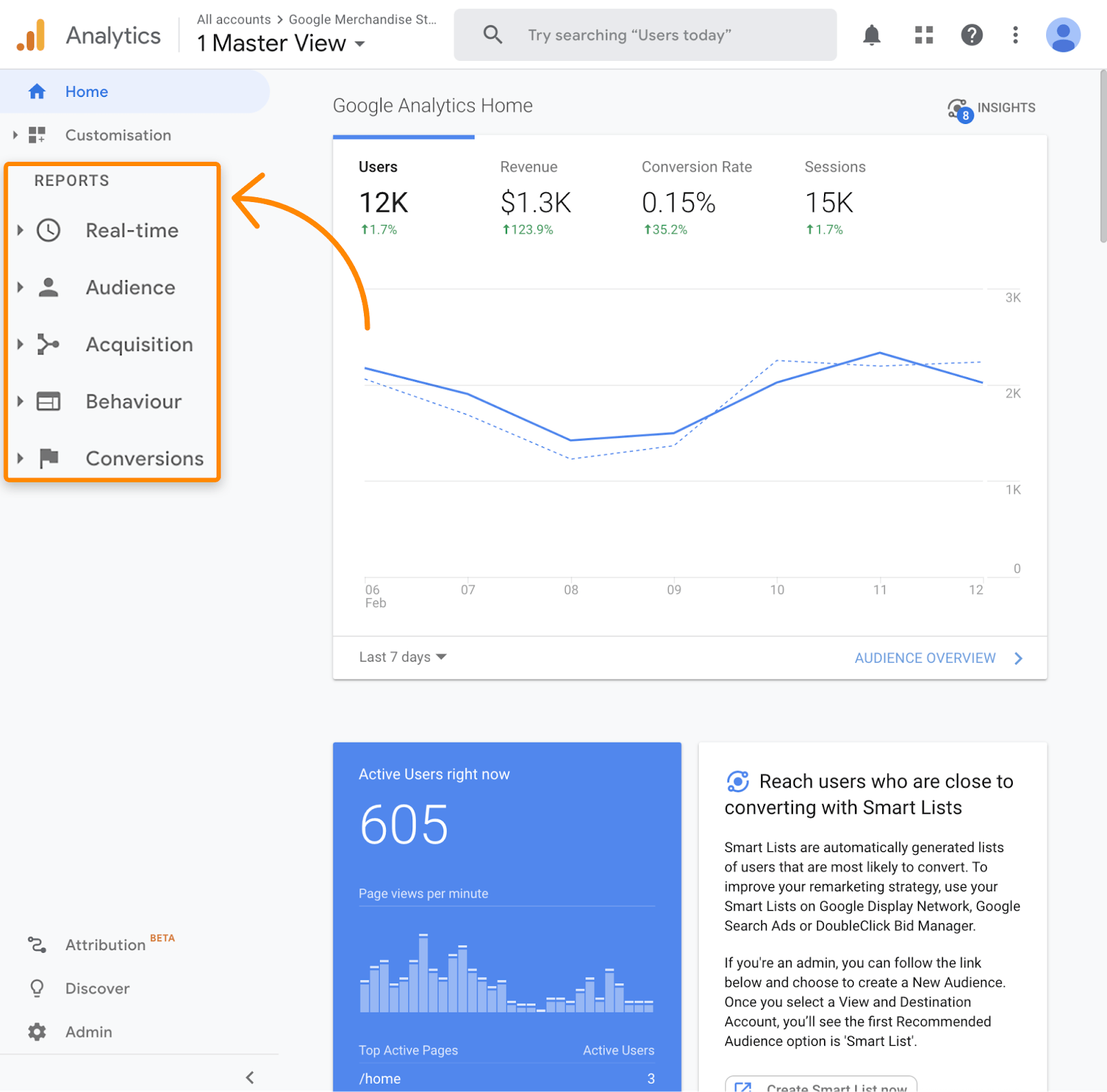Grasping Secondary Dimensions in Google Analytics: Their Value and Reliable Use
Grasping Secondary Dimensions in Google Analytics: Their Value and Reliable Use
Blog Article
Maximizing Your Information Analysis With Additional Dimension in Google Analytics for Informed Decision-Making
Google Analytics, a powerful tool in the hands of digital marketing experts and experts, offers a feature known as Additional Dimension. By tapping into the capabilities of Additional Dimension, individuals can acquire a much more detailed sight of their information, allowing them to make calculated decisions based on a much more nuanced and in-depth evaluation.
Recognizing Second Measurement Capability
Recognizing the second measurement performance in Google Analytics improves the depth of information evaluation by supplying extra context to main metrics. By incorporating a secondary measurement, experts can section and compare data, obtaining understandings that would certainly otherwise remain hidden. This feature permits individuals to see data via various lenses, such as the source of traffic, customer habits, or geographic area, using a much more comprehensive understanding of internet site efficiency.
When looking only at main metrics,Utilizing second measurements can expose patterns and relationships that might not be obvious. For example, matching the primary metric of web page sights with an additional measurement like device category can reveal whether particular gadgets drive more website traffic to certain pages. This info can after that inform web site optimization approaches tailored to different gadget individuals.
Applying Additional Dimension in Records
Structure upon the understandings gained with additional dimension evaluation, integrating these dimensions efficiently into reports in Google Analytics is critical for removing workable data-driven choices. what is a secondary dimension in google analytics. By applying second measurements in records, customers can dive much deeper into the performance metrics of their site or app. This function permits a much more extensive analysis by providing additional context to the primary dimension picked
To apply a second measurement in records, simply navigate to the wanted record in Google Analytics and click the "Additional dimension" tab located over the data table. From there, customers can select from a large range of second measurements such as 'Source/Medium', 'Gadget Category', or 'Landing Page'. Picking one of the most appropriate additional dimension will certainly rely on the details understandings you are seeking to uncover.
Making use of second dimensions in reports not just boosts the deepness of analysis yet likewise aids in recognizing patterns, patterns, and connections that may have or else gone undetected. This tactical approach to information interpretation enables organizations to make enlightened choices that drive growth and success.

Analyzing Data With Additional Measurements
Upon integrating additional dimensions into data analysis within Google Analytics, an in-depth assessment of crucial performance indicators can be achieved, offering important insights for strategic decision-making. By utilizing secondary measurements, experts can further study their key information measurements, such as web traffic sources or individual demographics, to discover patterns or patterns that may not be right away obvious. This deeper level of evaluation permits a much more detailed understanding of individual habits and interactions on a website or electronic system.
Examining information with additional dimensions enables online marketers and website proprietors to respond to more specific inquiries regarding their audience, material efficiency, and marketing initiatives. By incorporating the primary measurement of web traffic resources with an additional measurement like geographical place, companies can identify which regions drive the most valuable web traffic to their website. This kind of granular understanding can inform advertising and marketing methods, content development, read this article and website optimization initiatives to much better deal with the demands and preferences of their target audience.
Leveraging Additional Measurements for Insights
By incorporating secondary dimensions properly, analysts can extract much deeper insights from data embed in Google Analytics, enhancing the understanding of individual actions and performance metrics. Leveraging additional dimensions entails combining different qualities or metrics with primary data to discover patterns and fads that might not be noticeable in the Read More Here beginning glimpse. As an example, by including a secondary dimension such as 'Gadget Group' to a record on web site web traffic, experts can discern whether individual habits differs throughout various tools like desktop computers, mobile phones, or tablets.
Furthermore, utilizing secondary dimensions allows analysts to sector information more granularly, allowing them to recognize details target market sectors or geographical places that display unique habits. what is a secondary dimension in google analytics. This division can be crucial in customizing advertising and marketing approaches, enhancing website content, or boosting customer experience based on the distinct qualities of each segment
Basically, leveraging second measurements in Google Analytics equips analysts to dive deeper into information, obtain significant insights, and make educated choices that drive company growth and success.
Enhancing Decision-Making Through Secondary Measurements
Using additional dimensions in information analysis provides a critical benefit by discovering actionable understandings that drive notified decision-making in Google Analytics. By improving decision-making via additional measurements, customers can dig much deeper right into their data to remove useful information that might not be promptly obvious. These additional measurements offer an even more extensive sight of individual behavior, communications, and outcomes, making it possible for analysts look here to make even more informed choices based on concrete information.
Through the application of additional measurements, analysts can section and filter data to determine patterns, fads, and connections that might influence decision-making procedures. This boosted level of granularity enables a more targeted strategy to evaluating information, leading to even more accurate and insightful conclusions.
Additionally, secondary dimensions give the opportunity to contrast different information factors side-by-side, facilitating a more detailed assessment of efficiency metrics and KPIs. By leveraging second dimensions successfully, businesses can enhance their approaches, enhance individual experiences, and inevitably achieve their goals with self-confidence.
Verdict

Structure upon the understandings acquired via secondary measurement evaluation, incorporating these measurements properly into records in Google Analytics is essential for drawing out workable data-driven decisions.To execute a second measurement in reports, just browse to the wanted report in Google Analytics and click on the "Additional measurement" tab situated above the data table. By making use of second dimensions, analysts can additionally study their main data measurements, such as website traffic resources or user demographics, to reveal patterns or trends that might not be quickly obvious. By integrating the primary dimension of traffic resources with a secondary measurement like geographical place, companies can identify which areas drive the most beneficial traffic to their website.By incorporating secondary dimensions efficiently, analysts can extract deeper insights from information collections in Google Analytics, boosting the understanding of customer actions and efficiency metrics.
Report this page